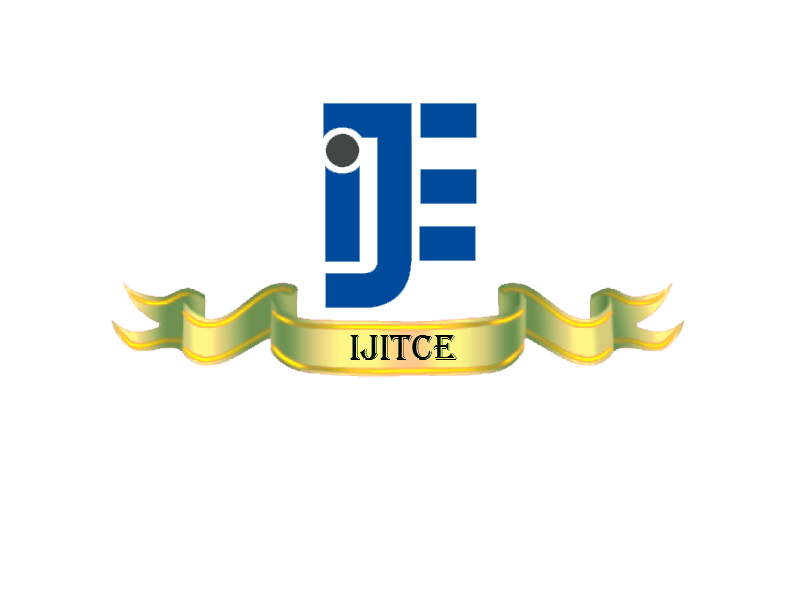August 2019 Issue Vol.9 No.8
Effective Feature Selection Method for Cervical Cancer Dataset Using Data Mining Classification Analytical Model
https://archive.org/download/vol9no801/vol9no801.pdf
Dr.D.Rajakumari1,
Assistant Professor, Department of Computer Science, Nandha Arts and Science College, Erode, Tamilnadu, India1
S.Karthika2
MPhil Part-Time Scholar, Department of Computer Science, Nandha Arts and Science College, Erode, Tamilnadu, India2
Abstract:
This paper Effective Prediction Model for Cervical Cancer disease Using Data Mining Classification Algorithm describes classification techniques and shows the advantage of feature selection approaches to the best predicting of cervical cancer disease. There are 32 attributes with 858 samples. Besides, this data suffers of missing values and imbalance data. Therefore, over-sampling, under-sampling and imbedded over and under sampling have been used. In this paper implemented a feature model construction and comparative analysis for improving prediction accuracy of cervical cancer patients in four phases. In first phase, min-max normalization algorithm is applied on the original cervical cancer patient datasets collected from UCI repository. In cervical cancer dataset prediction second phase, by the use of feature selection, subset (data) of cervical cancer patient dataset from whole normalized cervical cancer patient datasets is obtained which comprises only significant attributes. Third phase, classification algorithms are applied on the data set. In the fourth phase, the accuracy will be calculated using root mean square value, root mean error value. KNN and SVM algorithm is considered as the better performance algorithm after applying feature selection. Finally, the evaluation is done based on accuracy values. Thus outputs shows from proposed GA base feature extraction with classification model implementations indicate that KNN and SVM algorithm performances all other classification algorithm with the help of feature selection with an accuracy of 97.60%.
Keywords: corporate, governance
Corporate Social Responsibility (CSR)
https://archive.org/download/vol9no801/vol9no802.pdf
M P Saravanan
Master Class Certified, IoD
An abstract of IoD Master Class Dissertation
148th Batch Master Class for Directors, Chennai India
Abstract:
Responsible Business is a form of corporate self-regulation integrated into a business model. CSR policy functions as a self-regulatory mechanism whereby a business monitors and ensures its active compliance with the spirit of the law, ethical standards and international norms. With some models, a firm's implementation of CSR goes beyond compliance and engages in "actions that appear to further some social good, beyond the interests of the firm and that which is required by law." CSR aims to embrace responsibility for corporate actions and to encourage a positive impact on the environment and stakeholders including consumers, employees, investors, communities, and others.
The term "corporate social responsibility" became popular in the 1960s and has remained a term used indiscriminately by many to cover legal and moral responsibility more narrowly construed.
Proponents argue that corporations increase long term profits by operating with a CSR perspective, while critics argue that CSR distracts from business' economic role.
Industry 4.0
https://archive.org/download/vol9no801/vol9no803.pdf
Premanand Narasimhan
FIET, MIEEE, MBCS (UK), FIoD (Ind)
Chennai, India
Abstract:
The term "industry 4.0" refers to the concept of factories in which machines are augmented with wireless connectivity and sensors, connected to a system that can visualise the entire production line and make decisions on its own.
Keywords: 3D
Read complete August 2019
Read complete August 2019
M P Saravanan
Master Class Certified, IoD
An abstract of IoD Master Class Dissertation
148th Batch Master Class for Directors, Chennai India
Abstract: Responsible Business is a form of corporate self-regulation integrated into a business model. CSR policy functions as a self-regulatory mechanism whereby a business monitors and ensures its active compliance with the spirit of the law, ethical standards and international norms. With some models, a firm's implementation of CSR goes beyond compliance and engages in "actions that appear to further some social good, beyond the interests of the firm and that which is required by law." CSR aims to embrace responsibility for corporate actions and to encourage a positive impact on the environment and stakeholders including consumers, employees, investors, communities, and others. The term "corporate social responsibility" became popular in the 1960s and has remained a term used indiscriminately by many to cover legal and moral responsibility more narrowly construed. Proponents argue that corporations increase long term profits by operating with a CSR perspective, while critics argue that CSR distracts from business' economic role.
Industry 4.0
https://archive.org/download/vol9no801/vol9no803.pdf
Premanand Narasimhan
FIET, MIEEE, MBCS (UK), FIoD (Ind)
Chennai, India
Abstract: The term "industry 4.0" refers to the concept of factories in which machines are augmented with wireless connectivity and sensors, connected to a system that can visualise the entire production line and make decisions on its own.
Keywords: 3D
